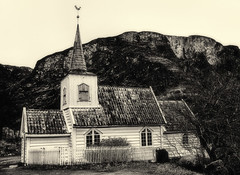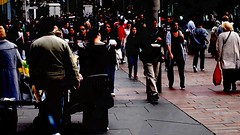
Many instructors wonder if they are teaching concepts students can actually apply in their daily lives outside of the classroom. Chris Uggen, a professor at the University of Minnesota, decided to find out through a bonus question on the final exam in his sociology of deviance course. Specifically, he asked students to provide particular examples of how they used class material outside of the course sometime during the semester. And, he received good news–students shared many ways in which they used course material. To view them and view more of his reflections on this simple but powerful idea, see his blog here.







